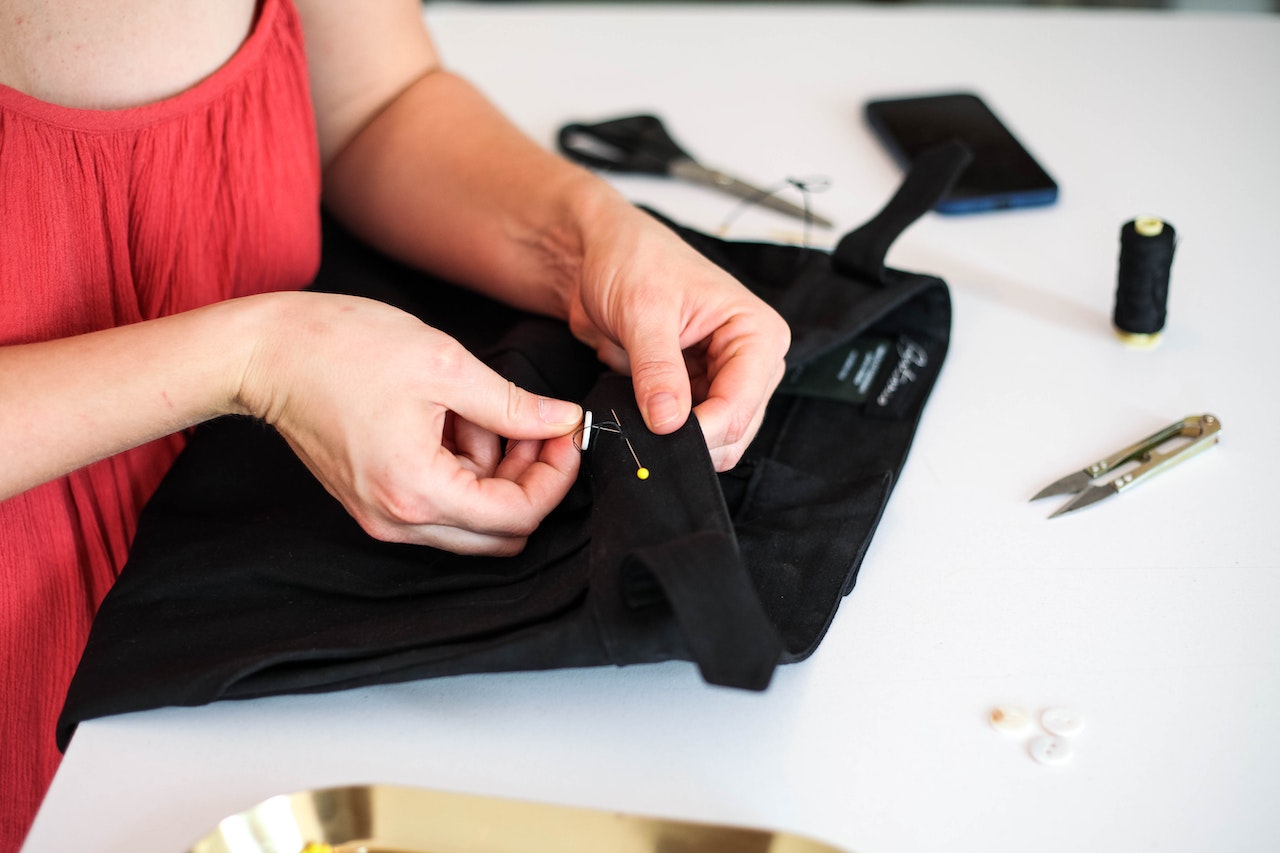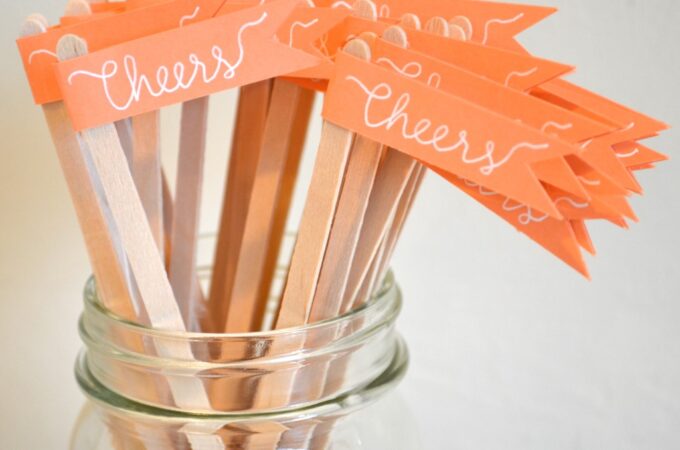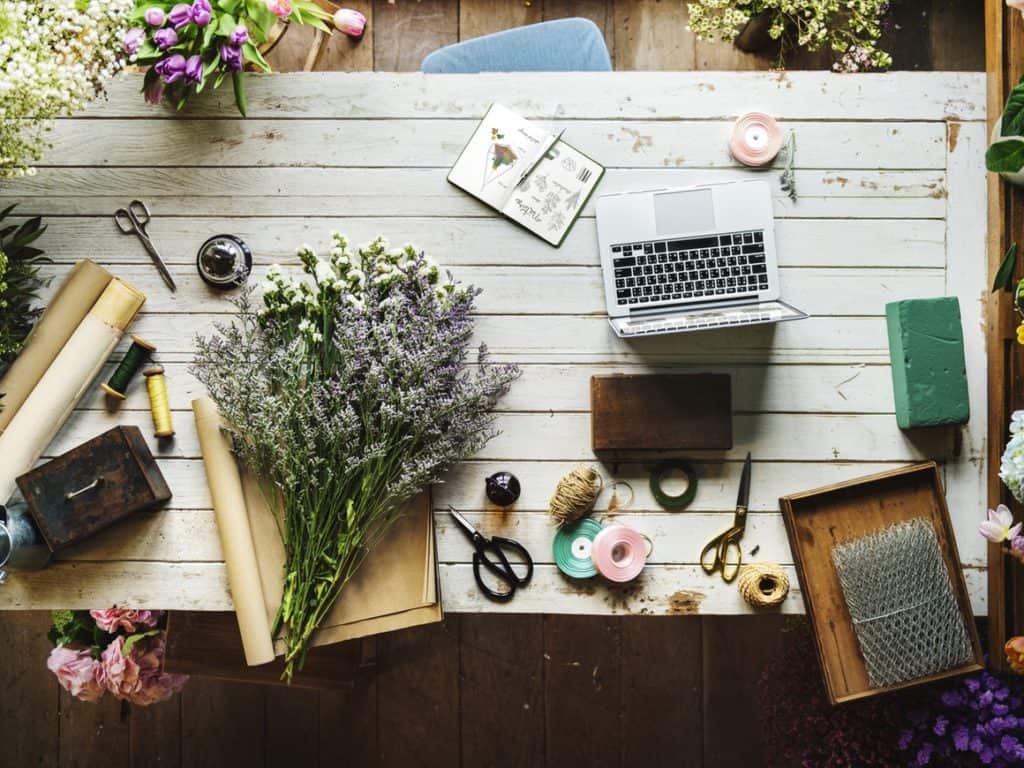
Fabrics Matter in Clothing Design, So Choose Wisely
Designing clothing is not a cakewalk, and more often than not, people don’t feel satisfied with the final result of their project. But this doesn’t have anything to do with the fit or the pattern style not being suitable – it is the fabric choice that is wrong. Fabric is an essential component of any garment, and if the pick isn’t right, the design will inevitably be messy. This is why it is vital to understand the different types of fabrics and their properties. Even the fabric colour and the print design can influence the outcome of a clothing piece, so it makes sense to learn these aspects before you start working on your project. That said, we created a guide to help you choose the suitable fabric and design fabulous clothing to show off on different occasions. Let’s dive into it!
Consider the fabric type
The fabric type is a vital aspect to consider when designing clothes. Fabrics fall into several categories, but we will limit them to four types for simplicity.
Printed fabrics
These fabrics have prints on their surface, created by hand, screen, digital or roller machine or through another process. They have a simple or complex design, ranging from small polka dots or stripes to large floral or geometric points, and are generally used for designing clothing items like skirts, blouses or dresses. A great example of printed fabrics is african fabrics, which stand out for their colourful and vibrant designs. Besides clothing items, they are also suitable for making patchwork and tablecloths and even for creating works of art!
Plain fabrics
These fabrics generally have a single colour, and no pattern or texture is used on them. They can consist of different fibres like linen, silk, cotton, or synthetic materials and are suitable for designing basic clothing items like dresses and T-shirts.
Art fabrics
Art fabrics are designed and decorated through painting, dyeing, or printing. They have a unique charm, adding depth to any clothing piece, and can be made of various fibres, featuring different patterns and designs.

Embroidered fabrics
These fabrics’ surfaces are decorated with embellishments and threads, and their designs can be made in different colours. They are the pillar of the fashion industry and are used predominantly to make sarees, kurtas, blouses, and wedding gowns.
Check the properties of the fabric
While the type of fabric is crucial, you shouldn’t neglect its properties either. These properties include the following:
- Touch and feel: before purchasing fabric, you must consider what kind of touch and feel you desire. Materials like silk, cotton and chiffon are similar in terms of their touch and feel, but there are also fabrics with a unique touch, and getting familiar with it may take some time. Weather is also a crucial aspect to consider when choosing the fabric. For instance, cotton is ideal for warm-weather clothing due to its soft and breathable feel. You can purchase high-quality fabrics like the ones from africanfabs and use them to design lovely and colourful tops, dresses or skirts to wear during summer. On the other hand, wool is warm and cosy, making it perfect for winter clothing.
- Durability and cleanability: a great fabric lasts for minimum washes without losing its colour and lustre, so make sure to check its longevity. For routine dresses, easily washable fabrics are the best. On the other hand, occasional heavy dresses designed with embroidered and silk fabrics require dry cleaning so their surface art can be maintained. Pay attention to washing care before deciding on a particular material.
- Fall and drape: fabric fall is another essential aspect to remember when choosing a suitable fabric for making clothes. This refers to the way a fabric falls to the ground and is affected by several factors, like thickness, texture, weight and stiffness of the material. Fabrics like georgette and satin are often chosen for garments that require a lot of draping or gathering, like sarees and skirts, because they have a softer, more fluid drape. On the other hand, heavier-weight fabrics like denim or wool tend to have a more structured drape.
Think about the garment type
It’s essential to choose the fabric type based on the garment you’re planning to create. While some clothing types can only be made with knitted fabrics, others work better with woven fabrics. Let’s take denim jackets as an example. While it’s true that any fabric type would result in a denim-style jacket, this clothing piece is at its best when sewn with woven fabrics. Of course, you don’t necessarily have to follow the ‘correct fabric’ rules, but if you want to be rebellious and break the rules, you should at least ensure you understand them.
Evaluate your sewing skills
This is a vital consideration when picking the right fabric for your clothing items. If you’re a beginner sewer, it may not be appropriate to make a leather biker jacket with a silk lining and exposed metal zippers – the outcome would likely be disastrous! This is because silk is slippery, so it isn’t really the best fabric to work with when you’ve just gotten into the art of sewing. Moreover, you need some specific tools if you want to sew leather well. Obviously, such a project won’t be too challenging for an advanced sewer. Before designing a specific clothing item, take an honest look at your current skill level – that will help you get the best result.

Buying fabric online vs offline: which is better?
Now that you’ve learned what factors to consider when looking for fabrics, you may wonder whether you should buy them online or offline. Well, that’s pretty much a choice based on personal preference, but there are clear advantages to purchasing from an online store rather than travelling to the store. For instance, you enjoy a greater variety of materials and discover affordable deals. Moreover, shopping for fabrics online saves a lot of time, as you can do it from your own home and avoid large crowds and all the unnecessary stress associated with physical stores.
Final thoughts
Fabrics play a crucial role in determining a garment’s overall look, feel and durability, so it’s important to select it carefully. To do so, consider the steps mentioned above, and you’ll succeed in creating garments that are both functional and beautiful.




